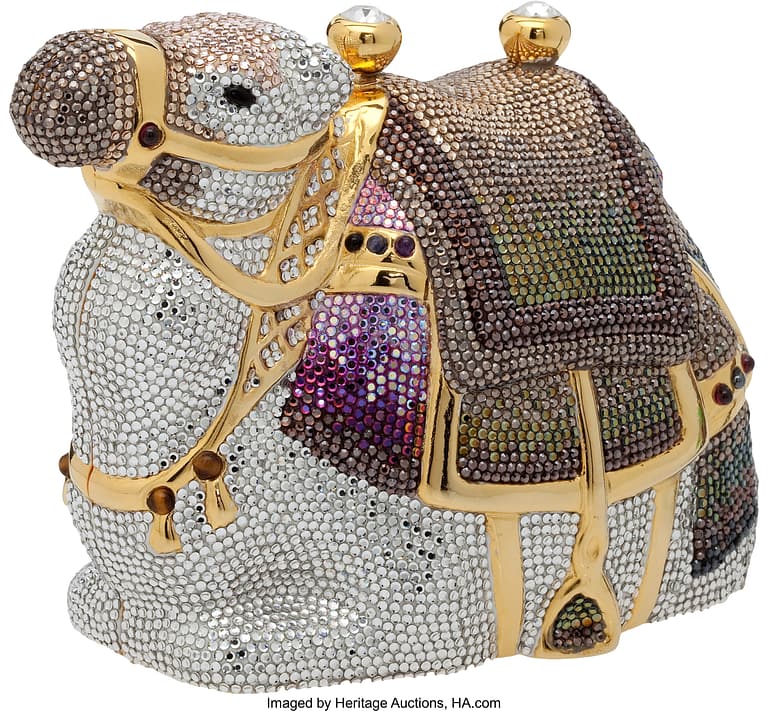Unraveling the Mystery: Why is Friskies Cat Food Out of Stock?

Unraveling the Mystery: Why is Friskies Cat Food Out of Stock? Have you been to your local pet store recently only to find the shelves void of your furry friend’s favorite Friskies cat food? You’re not alone. Pet owners across…













